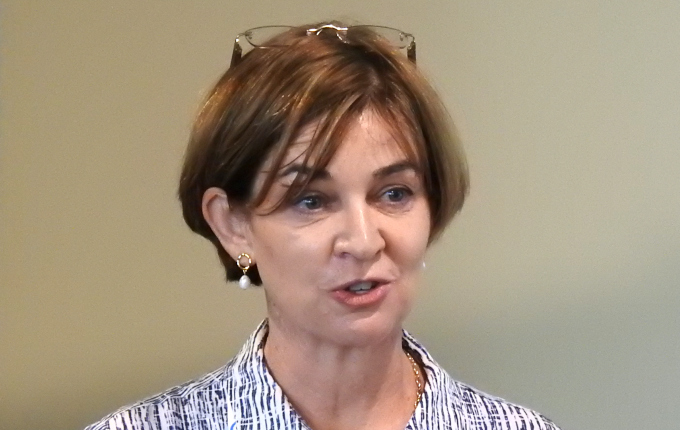In these times of heightened macroeconomic and geopolitical volatility, do big asset allocation calls help navigate the investment environment? We asked three different types of funds for their views on the matter.
Register to Access this Exclusive [i3] Insights Article
Create a free account to access exclusive interviews with asset owners, revealing insights on investment strategies, market trends, and portfolio allocations.
If you already have an account you can Login .
If you have any issues registering an account please send us an email at [email protected].


